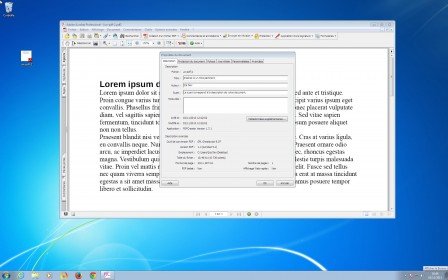How to optimize your PDFs for SEO?
While the majority of content creators are aware of the importance of optimizing images, many overlook or neglect the optimization of PDFs.
A PDF, like a web page, can be read and indexed by Google. However, to ensure your PDFs are optimally positioned, a few principles should be followed.
1. Take Care of the Content
Your PDF content must be in text format and logically structured; use heading 2, heading 3, etc.
Also, include links to your site (to pages related to the content of your PDF).
2. The PDF Name Should Be Explicit
I tend to say, even if it’s a bit exaggerated: “by reading the file name, one should know what the PDF contains.”
Reminder :
In your file names, there should be no spaces, no accents, no underscores (‘_’), and no special characters.
Only relevant words in lowercase and separated by dashes ‘-‘.
3. Take Care of the Page That Will Link to Your PDF
The label of the link is very important; avoid “Click HERE” or “Download the file.”
In the link label, remind the user what they are going to download.
Example. : Download the traditional gingerbread recipe
If your link can be styled with a PDF icon, it’s even better, reminding the user of the file type they’re downloading.
4. Optimize the Metas of Your PDFs
This step is too often neglected. Yet, it involves filling in the “Title” and “Description” of your content.
This is what will appear on Google, so these details need to be carefully completed.
Do this either when creating your document or afterward with Acrobat Pro, available for download at this address : https://www.adobe.com/cfusion/entitlement/index.cfm?loc=fr&e=cs2_downloads or a lighter option : becyPDFmetaEdit http://www.becyhome.de/download_eng.htm#becypdfmetaedit
You will then have access to Title, Author, and Subject (description) :

